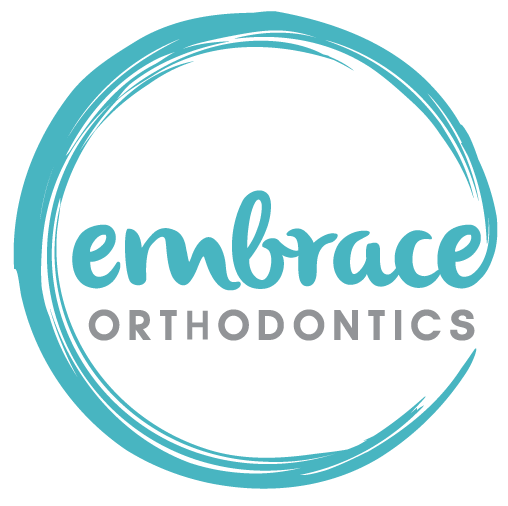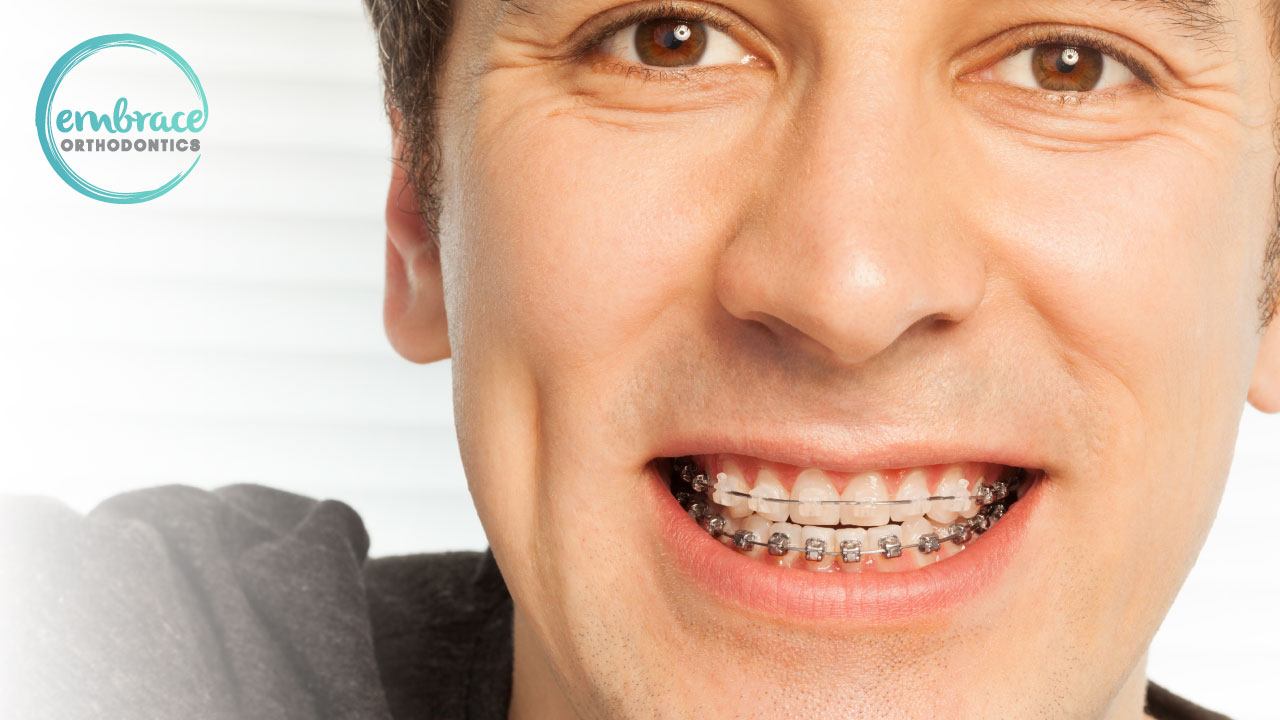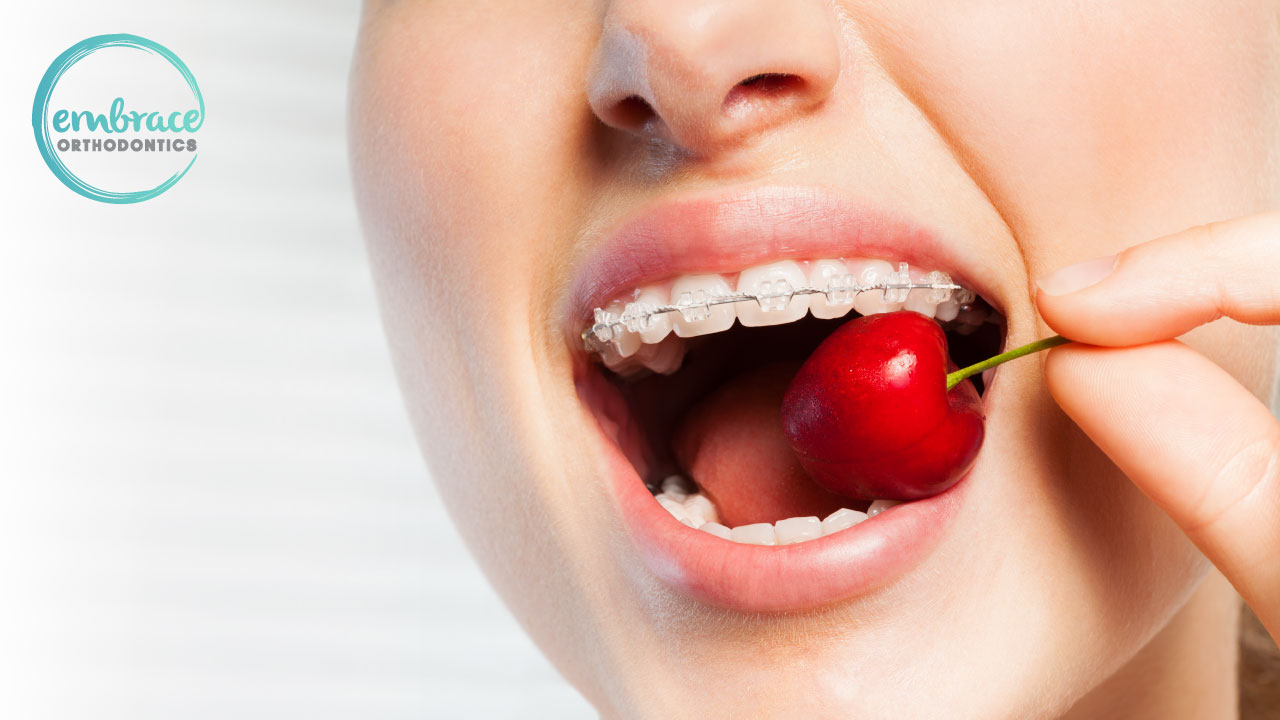The keys to planning predictable, efficient, and effective orthodontic treatment require having a diagnosis, which is the initial stage of the process. To achieve a diagnosis that meets these three keys, in many cases, the orthodontist may require various sources of information:
- Cephalometric diagnosis (of the skull structure);
- Three-dimensional imaging (of the mandible and maxilla);
- Functional analysis of the smile in photography and;
- Evaluation of the patient from the moment she arrives at the consultation, observing her smile, how she speaks, and listening to her needs.
With all this information, the orthodontist can outline how to carry out orthodontic treatment based on the main objective, achieving a beautiful, fully functional smile.
The planning carried out by the orthodontist consists of four steps: quantification, identification, obtaining, and control of the space.
Quantification
At this stage, the orthodontist determines the osseous-dental discrepancy that the patient has. This means that the orthodontist calculates how much space is missing (negative discrepancy) or extra, such as when the teeth are small (positive discrepancy). All these measurements consider the facial aesthetics of the patient.
Identification
The orthodontist looks for a way to harmonize the smile and identifies the appropriate mechanism to achieve it through the different orthodontic techniques and tools available. Among these mechanical tools are brackets.
Obtaining
Several mechanisms allow the orthodontist to obtain space in the mandible, for example, through the use of expanders that create space in the mandibular arches. However, obtaining space can come through the extraction of dental pieces according to extraction protocols.
A key to a successful orthodontic treatment requires efficient planning. First, the orthodontist quantifies how much space needs to obtain. Secondly, the orthodontist identifies where she can get that space and designs intelligent biomechanics to achieve it. Then comes the most complicated part, controlling space.
Control
In orthodontics, it is easy to move the teeth, but the teeth that have moved and freed up space must remain anchored while the orthodontist manages to align the rest of the teeth and simultaneously works on making the bite functional.
In general, orthodontics requires extensive planning, following protocols, and steps controlling the application of light and continuous forces so that the orthodontic movement is healthier.
But what about extractions? Specifically, how wisdom teeth can affect orthodontic planning. In this article, we will see some of the most frequent aspects relating wisdom teeth to orthodontic treatment.
What Are Impacted Wisdom Teeth?
First, it is essential to define what wisdom teeth are. Wisdom teeth are the most posterior teeth that we have in the mouth. Supposedly they are called that because they come out when we have a greater capacity for discernment. They usually sprout between 17 and 23 years of age.
Three scenarios can occur related to Wisdom Teeth:
- Wisdom teeth do not exist because they never existed;
- That they come out in a good position and fit perfectly with the opposite teeth (occlusion) and;
- We have one or more wisdom teeth that are not in the correct position, do not bite (occlusion) correctly with the opposite tooth, and do not even come out because they remain below the gums.
Wisdom teeth that cannot erupt due to lack of space in the mandibular or maxillary arch or that have minimal space and partially erupt are called impacted wisdom teeth. In many cases, impacted wisdom teeth can cause a lot of pain and damage the second molars, leading to losing more teeth.
Why Should Impacted Wisdom Teeth Be Extracted?
Due to pain, most patients do not remove them until they feel discomfort. However, they also need to be removed because they can cause serious health problems before starting orthodontic treatment.
Impacted wisdom teeth might cause many discomforts, but they might also unchain serious complications. Therefore, we include some problems associated with impacted wisdom teeth.
Pericoronitis
It occurs when the wisdom tooth has partially come out, a gum pocket remains on it, and food accumulates in between, producing an infection that causes unbearable pain. A solution might be to cut the piece of gum when possible and when the gum that covers the wisdom tooth is large, it is better to remove the tooth.
Deep Caries (Cavities)
Wisdom teeth are challenging to clean, and reaching them with dental floss and a toothbrush is complicated. In addition, impacted wisdom teeth usually erupt at an angle, forming a space between the wisdom tooth and the second molar in which food debris accumulates, which can cause deep decay, also affecting the second molar.
Patients often have large cavities that cause excruciating pain, and removing both teeth is recommended.
Second Molar Pain
A second molar is a tooth that is next to the wisdom tooth. There are times when the wisdom tooth develops and tries to come out, but instead of coming out well, it fits into the second molar and causes cavities or reabsorption of the tooth.
In either case, it can cause a painful exposure of the nerve of the second molar to the environment. Unfortunately, in many cases, this ends in the extraction of both molars. This is why it is crucial to detect it before this happens.
Brackets or Orthodontics
As we mentioned before, orthodontics involves planning. For example, planning requires teeth displacement, and the orthodontist determines if wisdom teeth will be in a place that is inconvenient for treatment or if they get in the way. Therefore, making a panoramic X-ray before starting with orthodontic treatment is vital.
Can I Get Wisdom Teeth Removed With Braces?
Yes, you can get your wisdom teeth removed while wearing braces. However, the extraction of wisdom teeth during braces interrupts treatment when a patient is recovering from the surgery.
Can Wisdom Teeth Shift My Teeth?
No, wisdom teeth do not exert enough force or strain to produce a misalignment. Concurrently, the development of wisdom teeth does not affect orthodontic treatment. Some patients might already have their wisdom teeth sprouted and still wear braces.
An orthodontist may even cement brackets to wisdom teeth without a problem. However, as we described in the second section of this article, some issues arise when wisdom teeth produce problems that can even affect the survival of other dental pieces.
Also, aging can shift the position of teeth as time passes, which is not attributable to wisdom teeth. Finally, before starting orthodontic treatment, the orthodontist develops a plan.
The plan includes an evaluation with a quantification of space recommending the extraction of wisdom teeth to make room to move other teeth or align them. Also, an orthodontist might identify problems like periodontal disease associated with wisdom teeth.
Orthodontists do not recommend starting any orthodontic treatment if she detects an oral health problem and might recommend extraction of wisdom teeth.
What to Eat After Wisdom Teeth Extraction?
After the extraction of wisdom teeth, patients will experience soreness and discomfort. Also, wisdom teeth extraction requires a surgery that an oral surgeon should perform.
It is essential to consider taking measures to have a good healing process. We recommend patients avoid eating hard to byte, crunchy or irritant foods. During the first 24 hours, patients can eat blended foods, soups, or easy-to-bite foods like mashed potatoes.
Pain and discomfort will recede by the third day, and patients can continue having a soft food diet during this time. Additionally, we encourage our patients to refrain from smoking and drinking alcohol during recovery.
Contact Your Ann Arbor Orthodontist
If you have doubts about wisdom teeth and orthodontic treatment, you can contact us, and we will do our best to solve any questions you have. Embrace Orthodontics is devoted to providing you with a better quality of life through our great orthodontic care.
Schedule an appointment or visit us at 2765 Plymouth Road (inside Plymouth Road Mall), Ann Arbor, MI 48105. We offer evening and Saturday appointments to fit your busy schedule!




